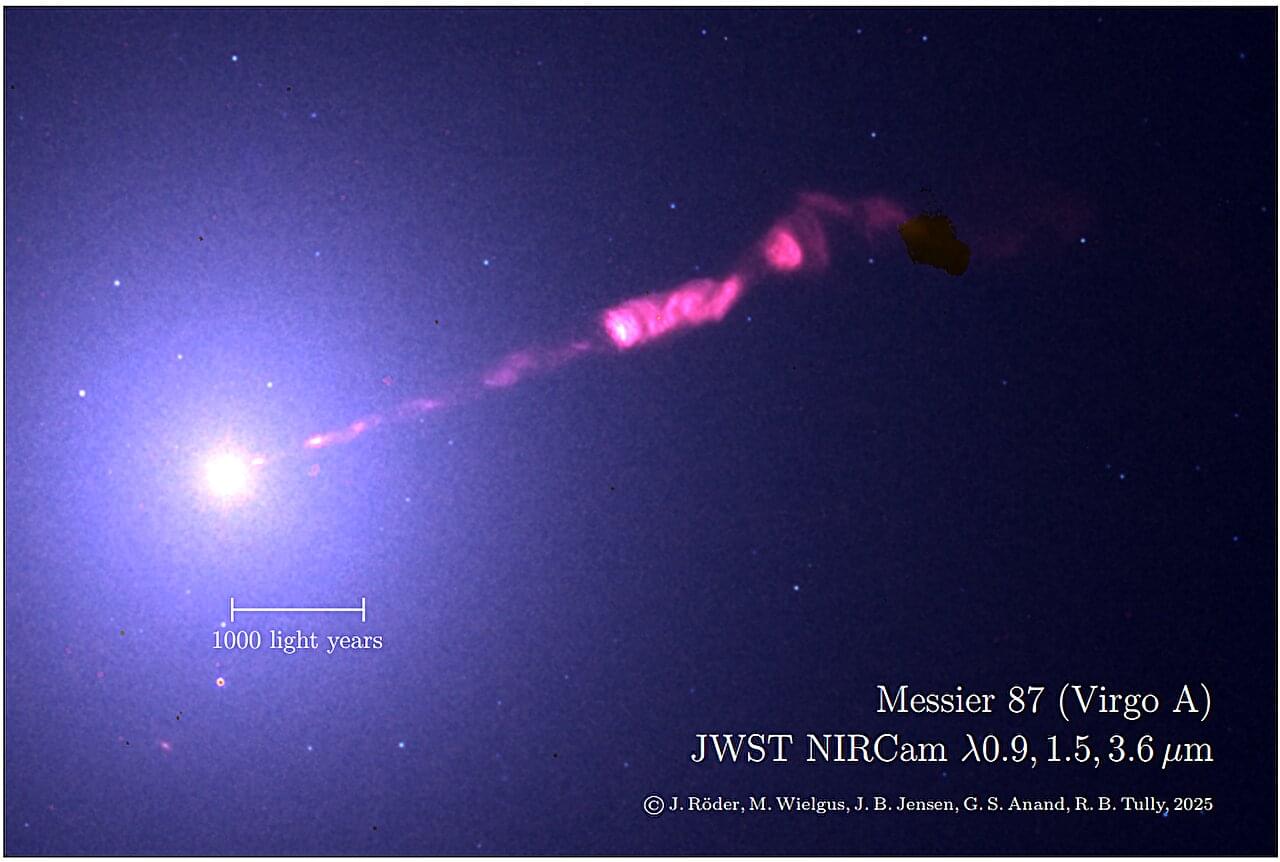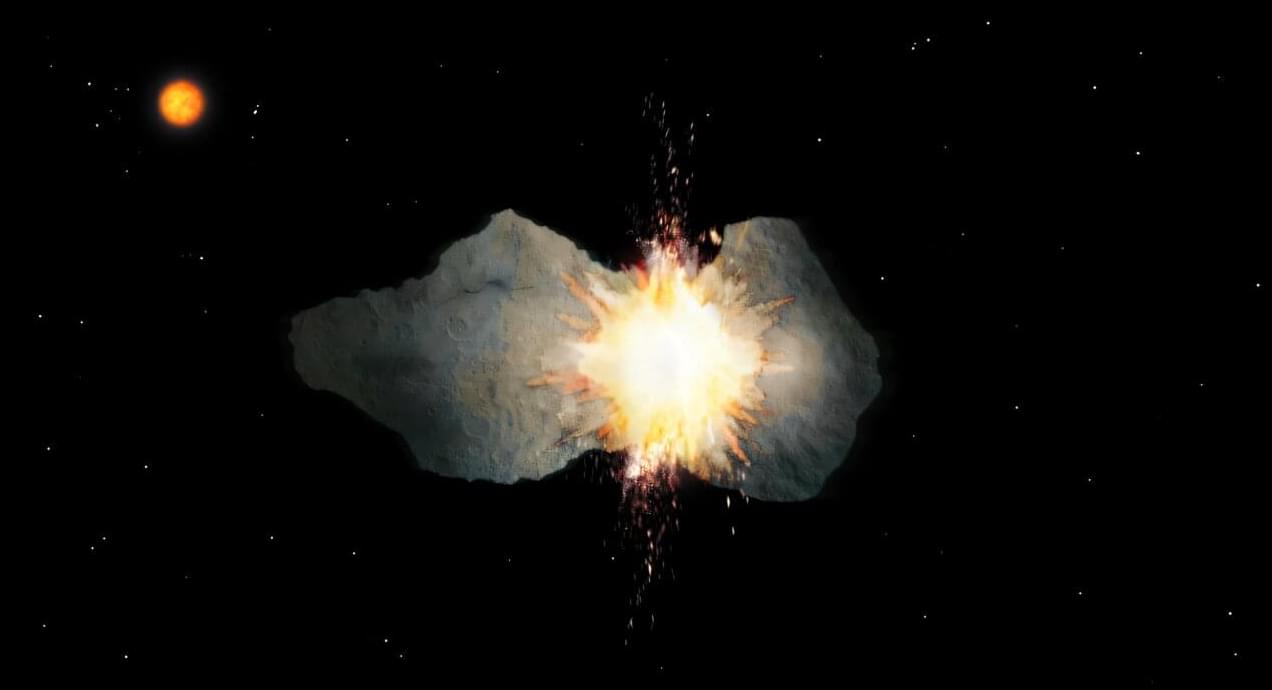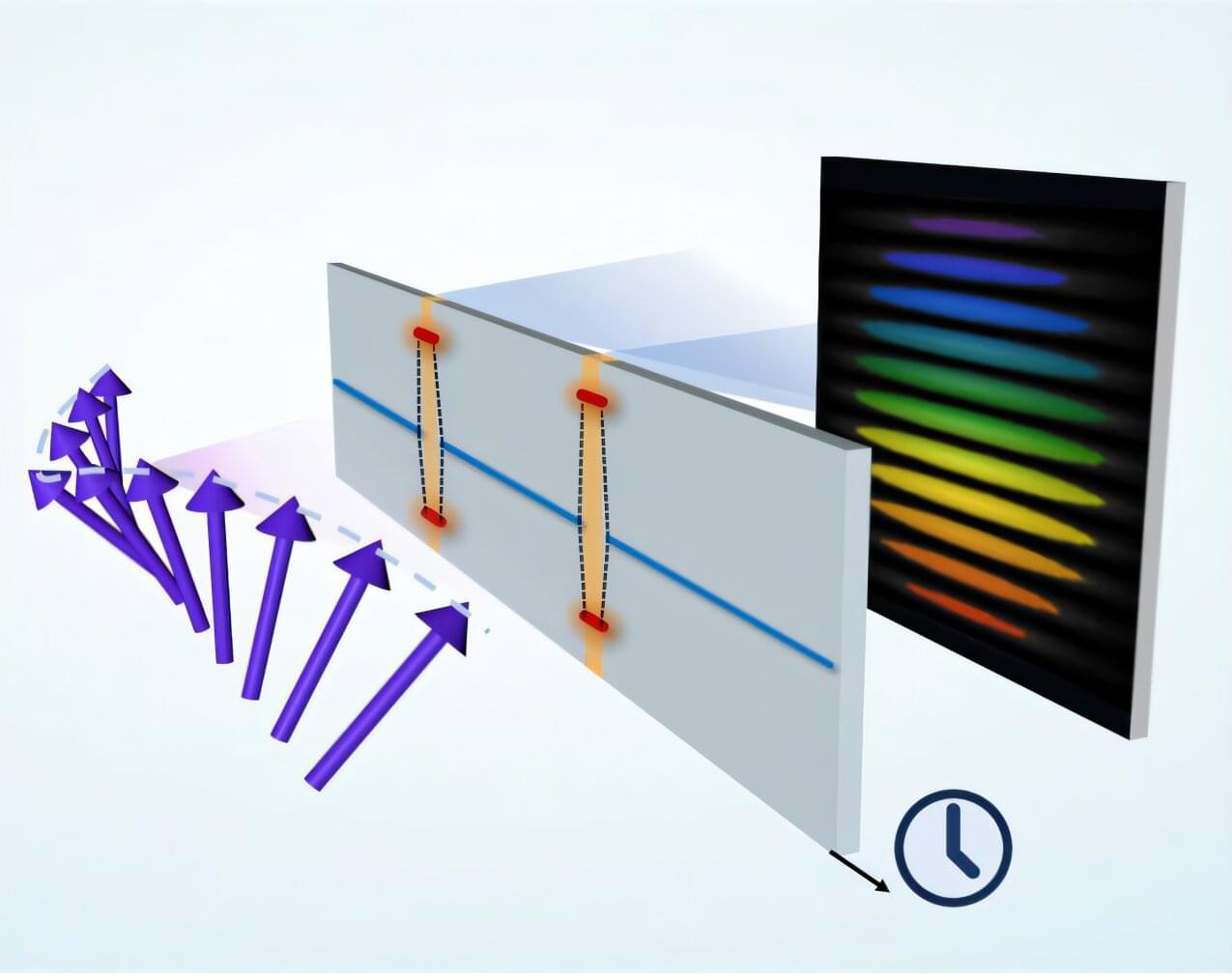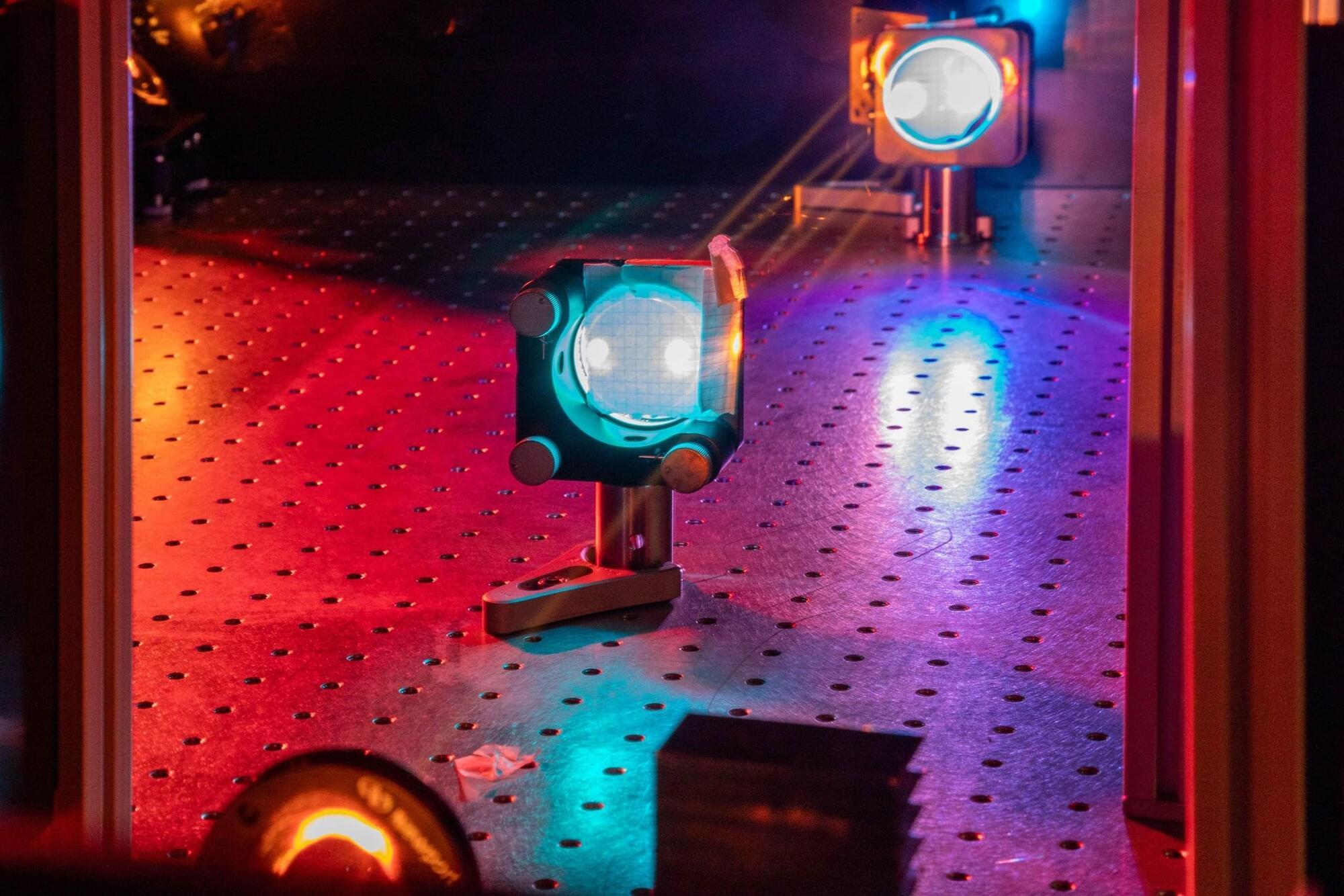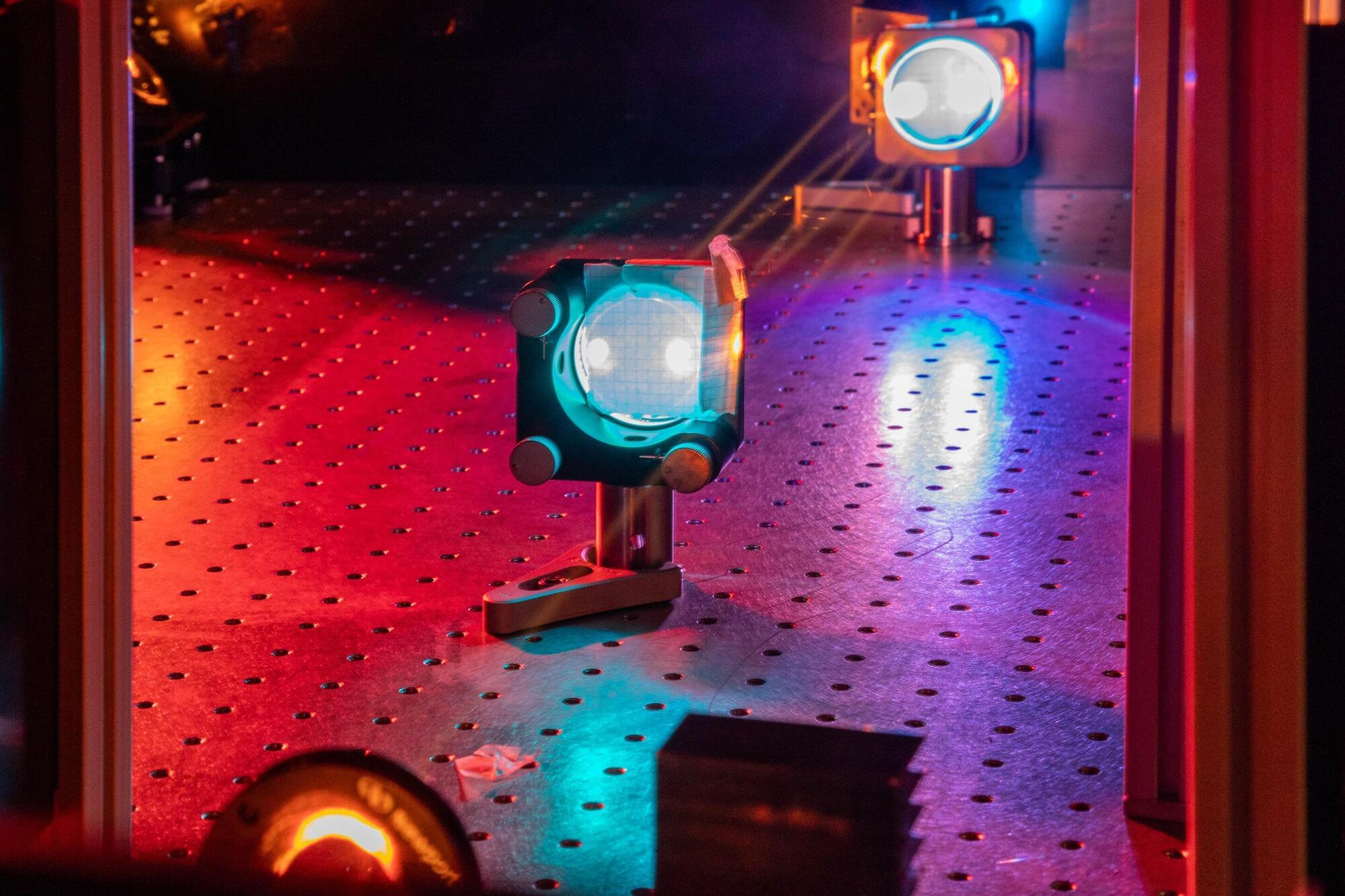Scientists have long been aware of the massive elliptical galaxy, M87. The galaxy was first observed in the late 18th century by Charles Messier, who cataloged objects in the sky specifically to avoid them when looking for comets. However, numerous later observations in the radio, X-ray, optical, UV, and gamma-ray bands revealed that the object is a galaxy with a prominent jet emerging from a supermassive black hole at its core. This jet is now well known for its synchrotron emission in the radio to optical wavelengths.
Although many observations have been made on M87, data had been somewhat lacking in the infrared spectrum. But now, a group of scientists have utilized new data from the James Webb Space Telescope (JWST) and its near infrared cameras (NIRCam) to resolve some previously fuzzy details about M87’s jet. The work is now published in the journal Astronomy & Astrophysics.
The JWST+NIRCam images were taken in four infrared bands at 0.90, 1.50, 2.77, and 3.56 µm. In order to isolate the light coming from the actual jet, the team used background subtraction methods, calibration, and galaxy modeling to remove light from stars, galactic dust, background galaxies, and globular clusters. This revealed a detailed infrared picture of the main jet, as well as the counter-jet, which points in the opposite direction coming out from the black hole.
